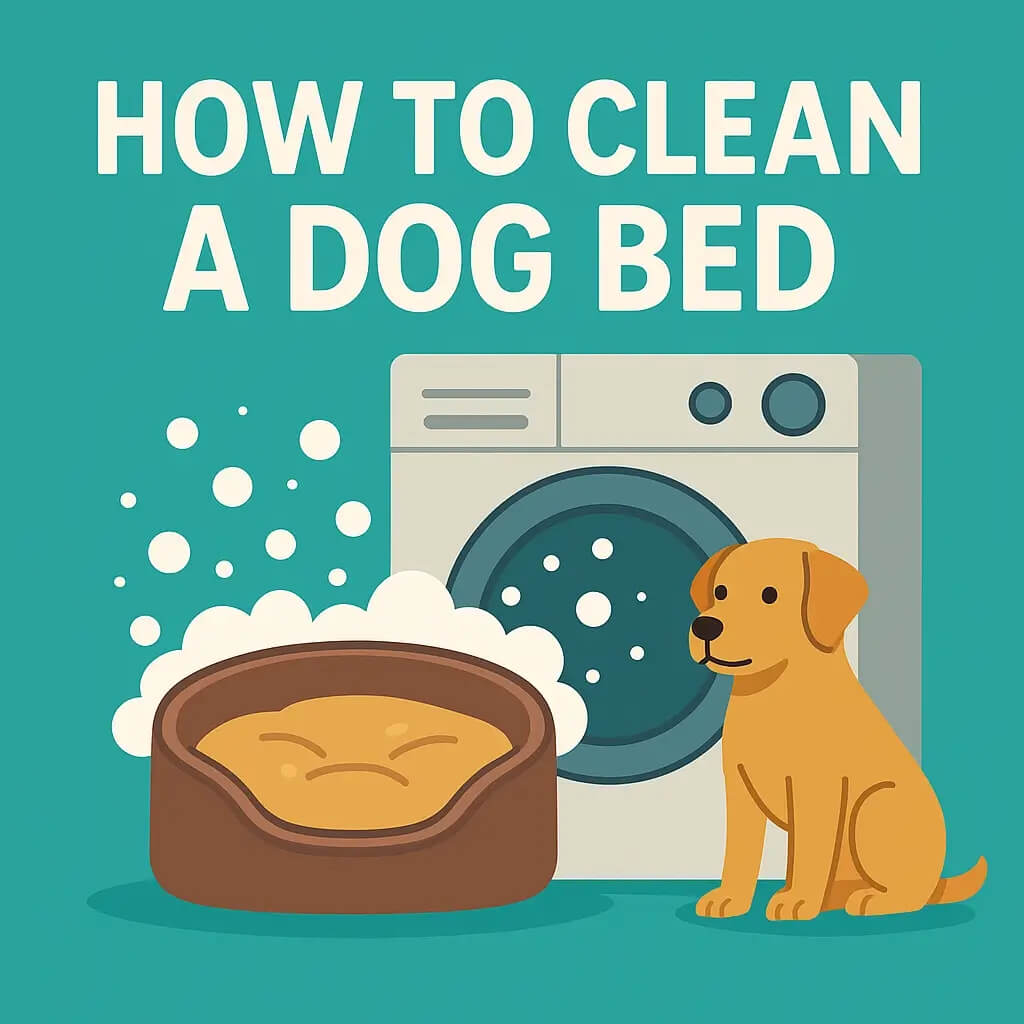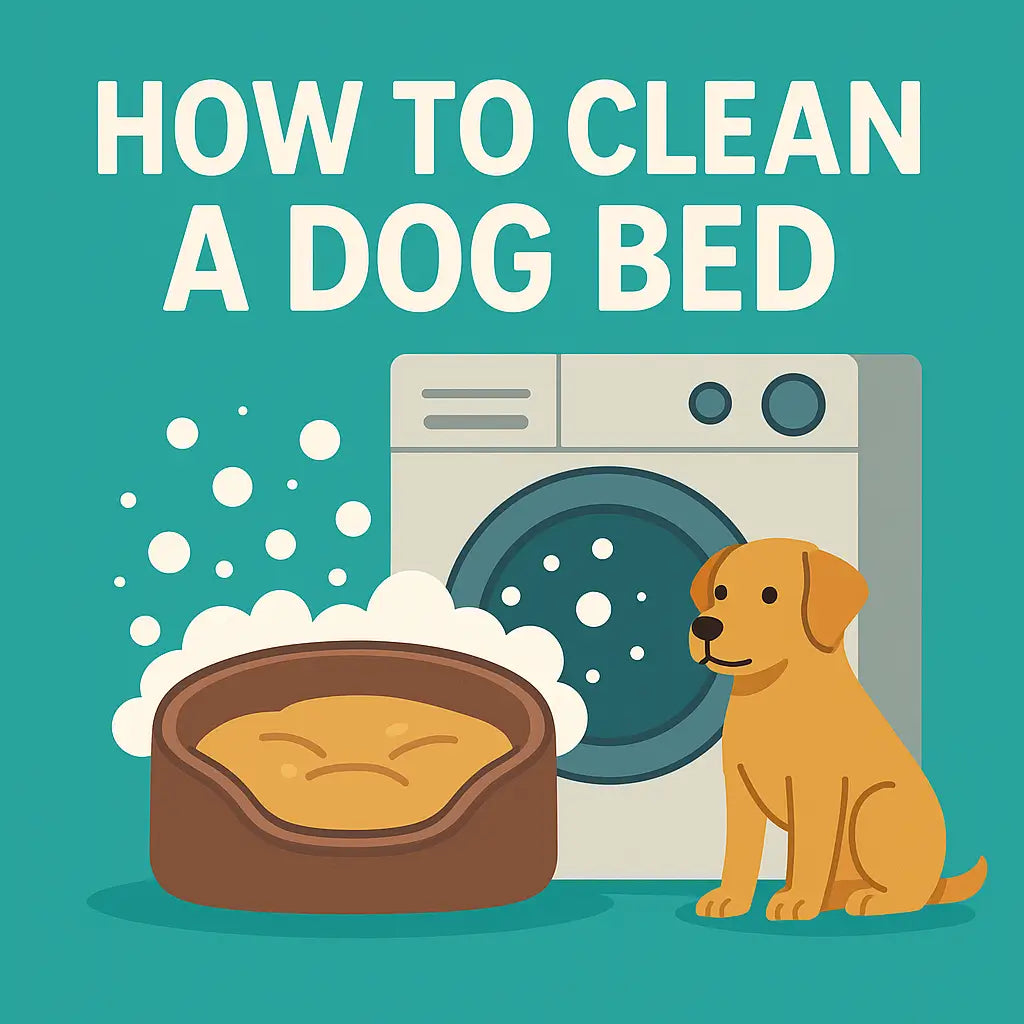America’s love for dogs spans every dog breed the American Kennel Club (AKC) tracks—201 distinct dog breeds as of November 2024. From the tiny Chihuahua to the towering Great Dane, each breed shows how humans have selectively bred dogs for various tasks like hunting, guarding, and herding.
Because dogs were originally bred to help people, their breed characteristics still matter today. A Greyhound’s slim build means sprinting speed, while a Cocker Spaniel’s silky coat hints at hours in wet fields flushing birds. Knowing these traits helps owners find the perfect breed that matches their lifestyle, family size, and living space.
Learning about different dog breeds also protects the dogs. When we understand a Mastiff’s need for room or a Poodle’s need for brain games, we avoid mismatches that lead to surrender. The right information keeps pets, owners, and neighborhoods happy.
Why Breeds Exist & How They’re Grouped
Breeds began when people purposely matched dogs for certain jobs—shepherds needed smart herding dogs, hunters wanted tireless hounds, and sailors prized sturdy working dogs that pulled nets. Today the American Kennel Club (AKC) sorts breeds into seven easy‑to‑grasp groups: sporting group, hound group, working group, terrier group, toy group, non sporting group, and herding group.
The groups act like a shortcut to temperament. Terriers are feisty diggers; Toy dogs are pocket‑sized companions; Working breeds such as the Great Pyrenees or Doberman Pinscher stand guard. For rare dogs not yet fully vetted, the AKC’s Foundation Stock Service (FSS) records emerging lines like the New Guinea Singing Dog, giving owners a transparent look at up‑and‑coming breeds.
Remember: group labels do not lock a dog’s personality, but they give helpful clues. A hound group Greyhound might nap all day, yet needs explosive daily runs. Use the groups as a launchpad, then dig deeper into each breed’s history.
Think First: Fit the Breed’s Job to Your Lifestyle
Start by mapping your daily rhythm. Active joggers often suit a Labrador from the sporting group; apartment dwellers might lean toward a French Bulldog or Lhasa Apso. The American Veterinary Medical Association stresses matching exercise time to energy level—a big step in preventing behavior issues and vet bills.
Families with kids should favor patient, affectionate breeds such as the Beagle or Great Pyrenees, and follow CDC advice on safe child–pet interactions: supervise play, teach gentle touch, and wash hands to cut zoonotic risk.
Budget and space count, too. Large dogs like the Mastiff cost more to feed and medicate. Toy dogs live long but may need dental care. Think vet costs, grooming, and training classes before you commit. Matching needs now prevents heartbreak later.
List of Dog Breeds
These groups, defined by the AKC and UKC, help owners understand what each breed was created to do and what traits they tend to have.
Sporting Group
-
Breeds like Labrador Retrievers, Cocker Spaniels, and Irish Setters.
-
Energetic, intelligent, and require daily exercise.
-
Ideal for active families and outdoor lifestyles.
Working Group
-
Includes Boxers, Great Danes, and Doberman Pinschers.
-
Bred to perform various tasks like guarding, rescue, or pulling sleds.
-
Loyal and strong, but need experienced owners.
Herding Group
-
Examples: Border Collie, Lowland Sheepdog, Australian Shepherd.
-
Known for intelligence and eagerness to work.
-
Best suited for people with time for training and mental stimulation.
Hound Group
-
Examples: Greyhound, Beagle, Afghan Hound.
-
Excellent scent and sight hunters.
-
Often independent but friendly companions.
Terrier Group
-
Includes Fox Terrier, Staffordshire Bull Terrier, Airedale Terrier, West Highland White Terrier.
-
Originally bred to hunt and control vermin.
-
Brave, energetic, and full of personality.
Toy Group
-
Breeds like Poodle (Toy), Cavalier King Charles Spaniel, and Miniature Schnauzer.
-
Small in size but big in character.
-
Perfect for apartments or limited living space.
Non-Sporting Group
-
Includes French Bulldog, Lhasa Apso, and Poodle (Standard).
-
Very diverse in appearance and temperament.
-
Adaptable and often easy to maintain.
Spotlight: Best Medium‑Size Breeds for U.S. Homes
Medium dogs strike a sweet spot—easy to lift, but sturdy for hikes. The ever‑popular Labrador, Standard Poodle, and Australian Shepherd weigh 45‑65 pounds, perfect for FunnyFuzzy’s memory‑foam beds. Bulldogs and English Springer Spaniels slot in the same range and fit most suburban yards.
Health‑wise, medium breeds still face hip dysplasia; vets advise joint‑supportive bedding and steady exercise. Plan on 60 minutes of daily activity plus mental games like scent work.
When choosing, measure your floor space and tally weekly free time. A herding Aussie needs tasks; a French Bulldog needs careful cooling in summer heat. Matching these traits to the home environment saves money and stress—and gives both pet and family a smoother, happier life.
Health & Care Basics Across Breeds
Core shots keep every dog breed healthy. The latest AAHA vaccination guide lists rabies, distemper, parvo, adenovirus 2—and now leptospirosis—as “core” for all dogs, from tiny Chihuahuas in the toy group to giant Great Danes in the working group. Regular boosters add about $120‑$150 a year but save far more in vet bills and protect public health.
Body size and build affect long‑term health. OFA data show hip‑dysplasia rates as high as 71 % in some large dog lines, yet under 5 % in many toy dogs. Keeping dogs lean and on moderate exercise—two 20‑minute walks for a French Bulldog, a mile jog for a Greyhound—cuts risk.
Good hygiene matters, too. The CDC reminds owners and kids to wash hands after play to curb germs that pass from pets to humans, like Campylobacter. Simple soap and water after touch, feeding, or yard clean‑up does the job.
Adoption, Ethical Breeding & U.S. Laws
Adopting helps solve shelter crowding. In 2024, U.S. shelters took in 5.8 million pets; big dogs now wait longest for homes. Choosing a Great Pyrenees or Mastiff from rescue opens kennel space and saves money—most fees cover spay/neuter and basic vaccines.
Buying? Ask for health tests, meet at the home (not a parking lot), and verify the breeder’s USDA license under the Animal Welfare Act. APHIS makes license lookup easy and explains who must register—any seller with more than four breeding females.
Pure‑breed fans can check AKC litter listings or the Foundation Stock Service for emerging breeds like the rare New Guinea Singing Dog. Reputable breeders join their local kennel club, show proof of OFA screens, and welcome follow‑up questions about lifespan, coat care, and training needs.
FAQs
Are mixed dogs healthier than purebreds?
Hybrids often inherit broader gene pools, but OFA stats show careful testing lowers disease in pure lines, too.
What’s an easy starter breed?
Many families pick the adaptable poodle mix or Cocker Spaniel for moderate energy and eager‑to‑please traits.
Which breeds shed the least?
Poodles, Lhasa Apso, and some terrier group dogs have hair‑type coats that drop little, ideal for tidy homes.
How many recognized breeds are in the U.S.?
As of March 20 2025, the AKC lists 202 breeds; the French Bulldog holds the top‑popularity spot.
Conclusion
Finding the perfect breed is about matching history to modern life. Whether you favor the sleek hound group for sprint sports, clever herding dogs for agility, or sturdy working dogs for backyard guarding, focus on original purpose, living space, and daily schedule.
Use trusted sources—AKC profiles, vet advice, and shelter counselors—to weigh breed characteristics like energy, training ease, and friendliness with strangers and children. Then equip your new pet with the right gear: secure leash, patient training, and a medium or large memory‑foam bed to protect joints.
Ready to start? List your must‑have characteristics, visit a local shelter or licensed breeder, and talk with veterinarians about preventive care. With sound research and a little heart, you’ll foster a bond that can last 10‑15 years—or even longer for some small toy group wonders—creating a happier world for dogs and owners alike.












